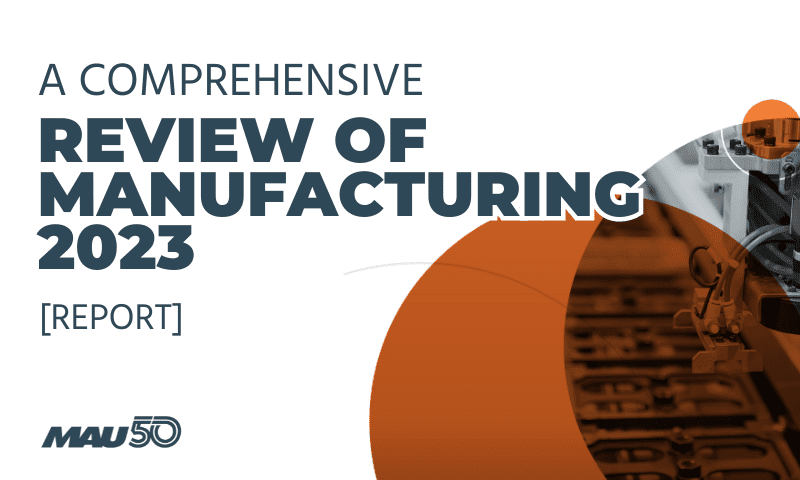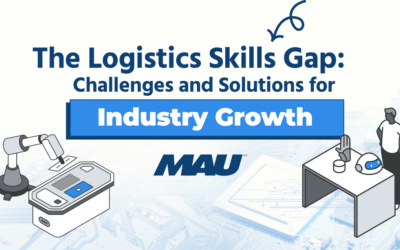The manufacturing and supply chain industries will be pivotal in the global economic landscape in 2023. Despite facing challenges such as labor shortages and global shifts in supply chain management, the manufacturing sector demonstrates impressive resilience, as it not only weathers these adversities but also seizes new opportunities for growth.
In particular, the Southeast of the United States has emerged as a robust center for manufacturing growth, playing a critical role in the nation’s economic landscape. This region is characterized by an exceptional surge in employment, higher wages, and an increasing influx of workers, signaling a thriving manufacturing sector.
In terms of the USA’s manufacturing gross domestic product (GDP), the Southeast region contributed approximately 23% (over $450 billion) in 2023. These figures underscore the region’s significant contribution to the nation’s overall manufacturing sector.
The total number of jobs in the manufacturing industry increased by 2% nationally over the past year (2022 – 2023), but unemployment is at 3.1% nationwide and 3.3% in the Southeast, highlighting a disconnect between the roles that are available and the existing workforce. While wages have increased 8.96% nationally and 11.5% in the southeast over the past year, it hasn’t been enough to solve the workforce shortages.
What’s Driving Change in the Manufacturing Industry?
In the dynamic world of manufacturing, it’s the workforce that’s at the helm of change. Driven by technological innovations, economic fluctuations, and cultural shifts, adaptability has become the key to survival and success.
In the era of Industry 4.0, the pace of industry transformation is staggering. For the workforce to keep up, agility and innovation are essential. Furthermore, the importance of workforce development cannot be overstated. Investing in knowledge and skills supports new businesses, drives sectoral growth, and bolsters the economy.
The manufacturing workforce isn’t just part of the industry – they’re defining its future.
In this curated report, you’ll find:
- Industry Challenges and Opportunities, like the Skills Shortage, AI and Machine Learning, Electric Vehicles, and more.
- A Breakdown of MAU’s 2023 “Mindset of the Market” Survey that provides critical insight into the perspective of the manufacturing workforce.
- The 2024 Manufacturing Trends Forecast, featuring trends like Predictive Maintenance, Additive Manufacturing, and Sustainability.
The manufacturing industry has experienced a significant transformation in recent years, and this year has been no exception, marking a pivotal turning point for the industry. From advancements in automation and digitization to the emergence of sustainable practices and agile production methods, these shifts have reshaped the way manufacturers operate and paved the way for new opportunities in the industry.
To unlock exclusive insights into the dynamic landscape of the manufacturing and supply chain industries, check out MAU’s 2023 Report: A Comprehensive Review of Manufacturing.






